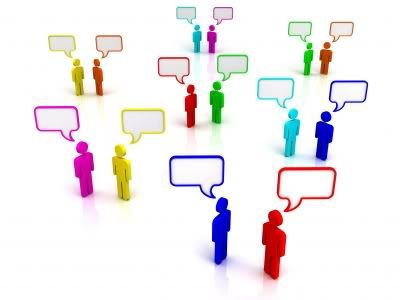
Let’s say you want to reach a wider audience abroad, how do you Black Eyed Peas Imma Be (92-122 Bpm) (Remixed By Party Bangaz) free downloads connect with people who speak a different language from you? Do you just ignore that market because you don’t have the time or energy learn a new language right now?
Wait now, don’t be too hasty. Any person with great business savvy will tell you that you should never turn your back on a potential sale without exploring it and believe it or not, language doesn’t have to be a barrier to communicating with your target audience. Translation services can really help out with bridging the gap that separates you from customers who don’t speak your language.
These days, there are many different tools that can help you translate your message. However without the proper skill in using these tools, these may turn your well-composed text into a jumbled mess of words. Simply put, many tools can translate but as far as the quality is concerned, you can’t merely rely on these automated programs. Let’s face it, computers may have enough artificial intelligence to provide transliterated text but they can’t recognize emotions and conversational tones. Nothing beats a native speaker in helping you tell your customers exactly what you mean.
Here are some tips to effectively monetize your website with the help of translation services:
In China, Coca Cola was first read as “Ke-kou-ke-la” means “bite the wax tadpole” or “female horse stuffed with wax”, depending on the dialect. Luckily, they eventually found a phonetic equivalent “ko-kou-ko-le” which means “happiness in the mouth”.
Story goes that when Clairol first released their curling iron, “Mist Stick” in Germany without changing its name, they found out later on that “mist” was local slang for manure therefore introducing their new product as a “Manure Stick”.
These are just some ideas on what to do to make sure you get the best results from translating your business website or text. There’s lots more to tackle later, so keep your eye on this space!
Stock image by Master Isolated Images.
Read More